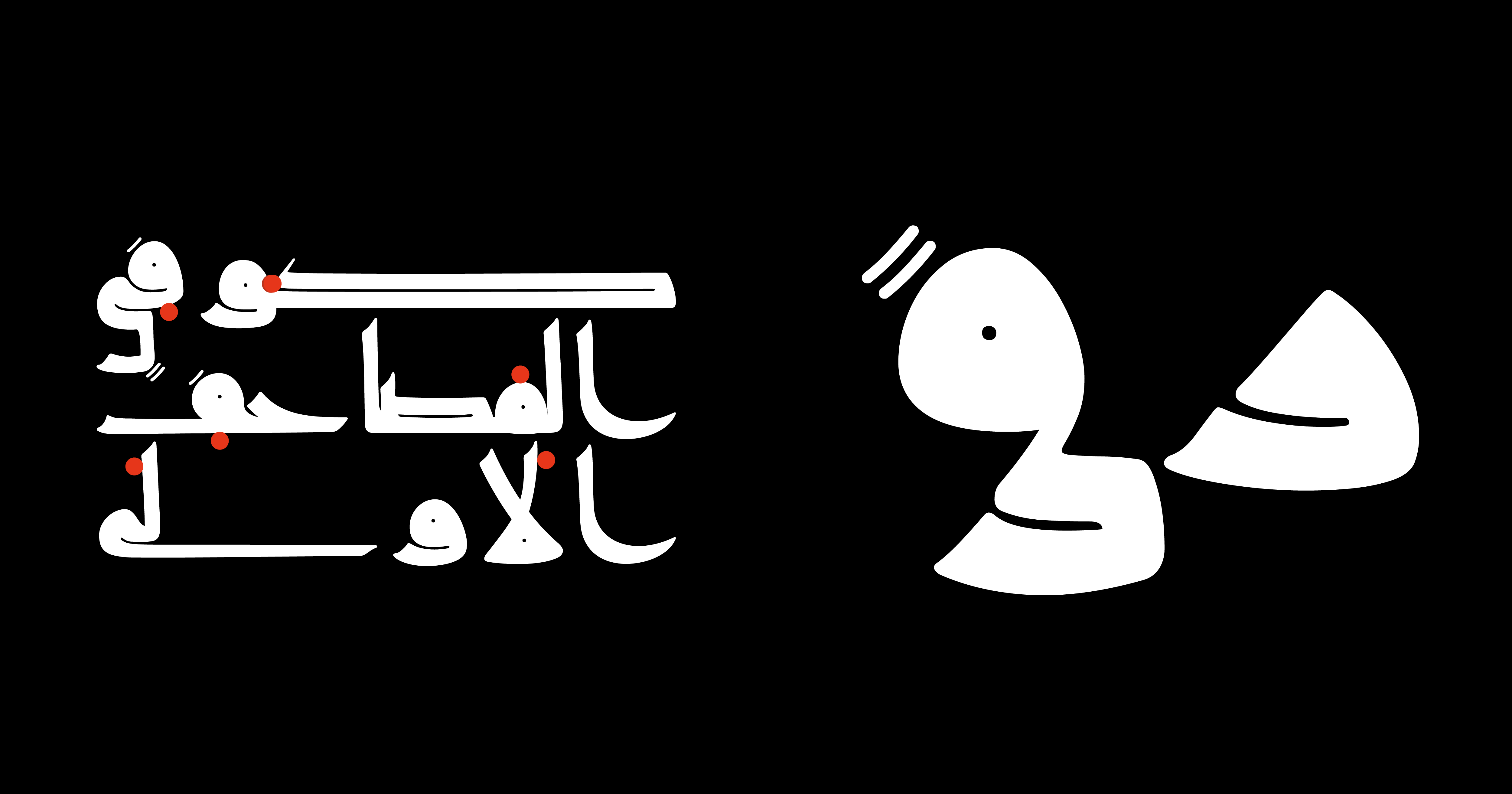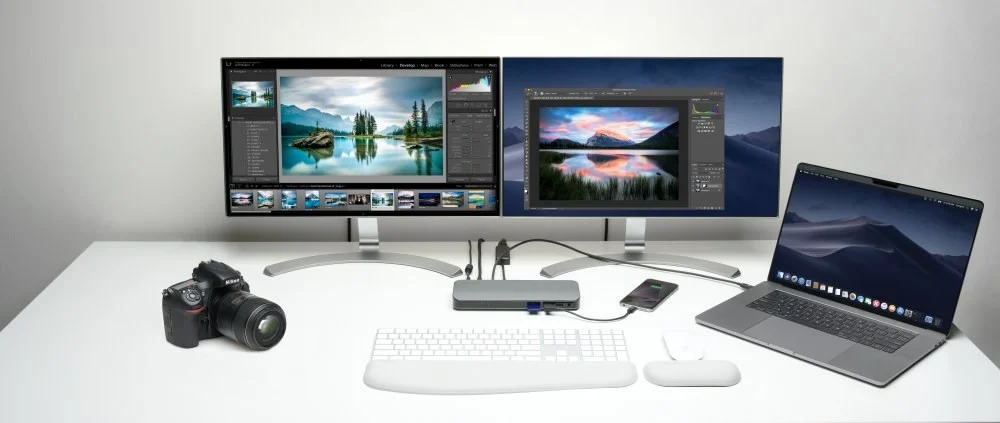Arabic font typography possesses a captivating allure that transcends borders and captivates the imagination. With its graceful curves, intricate flourishes, and rich cultural heritage, Arabic typography stands as a testament to the beauty and diversity of the Arabic script.
1. Elegance in Form and Function
Arabic font typography is renowned for its elegance and sophistication. Each letter is meticulously crafted, with flowing lines and geometric shapes that create a sense of harmony and balance. Whether used in calligraphy or digital design, Arabic typography commands attention with its timeless beauty and artistic expression.
2. Cultural Heritage and Tradition
At its core, Arabic handwritten font typography is deeply rooted in the cultural heritage and tradition of the Arab world. From the ancient scripts of Kufic and Naskh to the ornate styles of Thuluth and Diwani, Arabic typography reflects centuries of calligraphic tradition and craftsmanship. Each font carries with it a sense of history and cultural significance, connecting present-day audiences to the rich artistic legacy of the past.
3. Versatility and Adaptability
Despite its traditional roots, Arabic font typography continues to evolve and adapt to the demands of modern design. With the advent of digital technology, designers now have access to a wide range of Arabic fonts that cater to diverse aesthetic preferences and functional needs. Whether designing a logo, a website, or a book cover, Arabic typography offers endless possibilities for creative expression and communication.
4. Global Appeal and Influence
Beyond the Arab world, Arabic font typography has garnered international acclaim and influence. From fashion to architecture, Arabic script can be found adorning a myriad of products and spaces, adding a touch of exoticism and cultural authenticity. Its allure lies in its ability to evoke a sense of mystery and intrigue, inviting audiences to explore and appreciate the beauty of a language and culture that may be unfamiliar to them.
5. Bridging Cultures and Building Bridges
In an increasingly interconnected world, Arabic font typography serves as a powerful tool for bridging cultures and fostering cross-cultural understanding. Whether used in art, literature, or media, Arabic typography has the ability to transcend language barriers and communicate universal themes of beauty, love, and spirituality. By embracing Arabic font typography, individuals and communities can celebrate diversity and promote dialogue and exchange.
Embracing the Allure of Arabic Font Typography
In conclusion, Arabic font typography exudes a timeless allure that speaks to the beauty and complexity of the Arabic script. From its elegant forms to its rich cultural heritage, Arabic typography offers a glimpse into a world of artistic expression and creative possibility. By embracing the allure of Arabic font typography, designers, artists, and enthusiasts alike can unlock new realms of inspiration and appreciation for this captivating art form.



